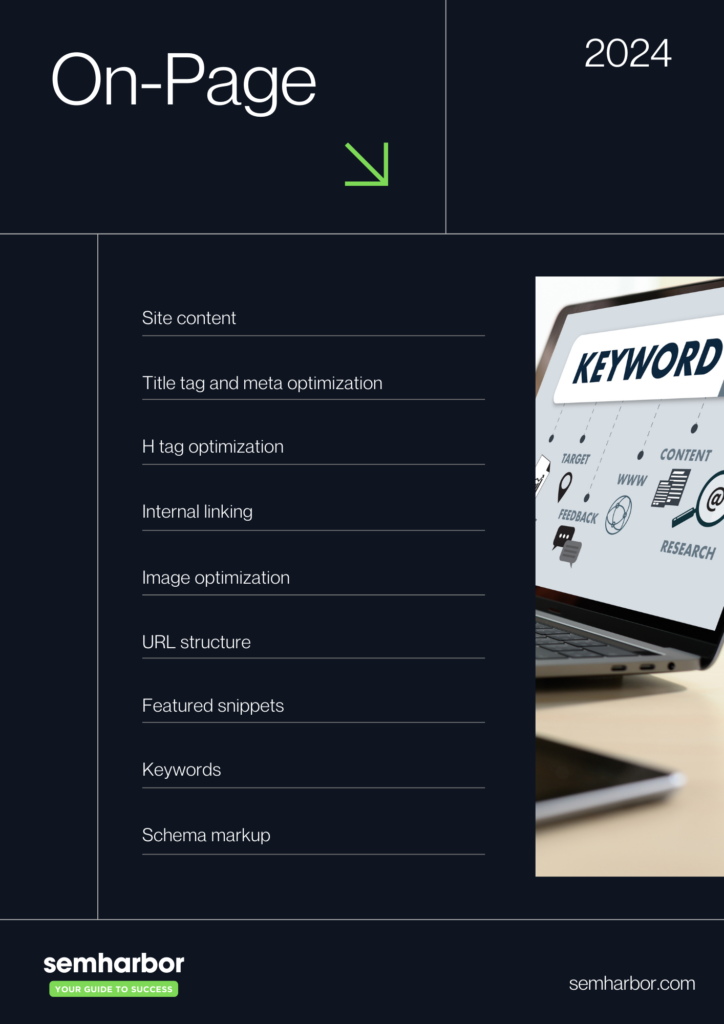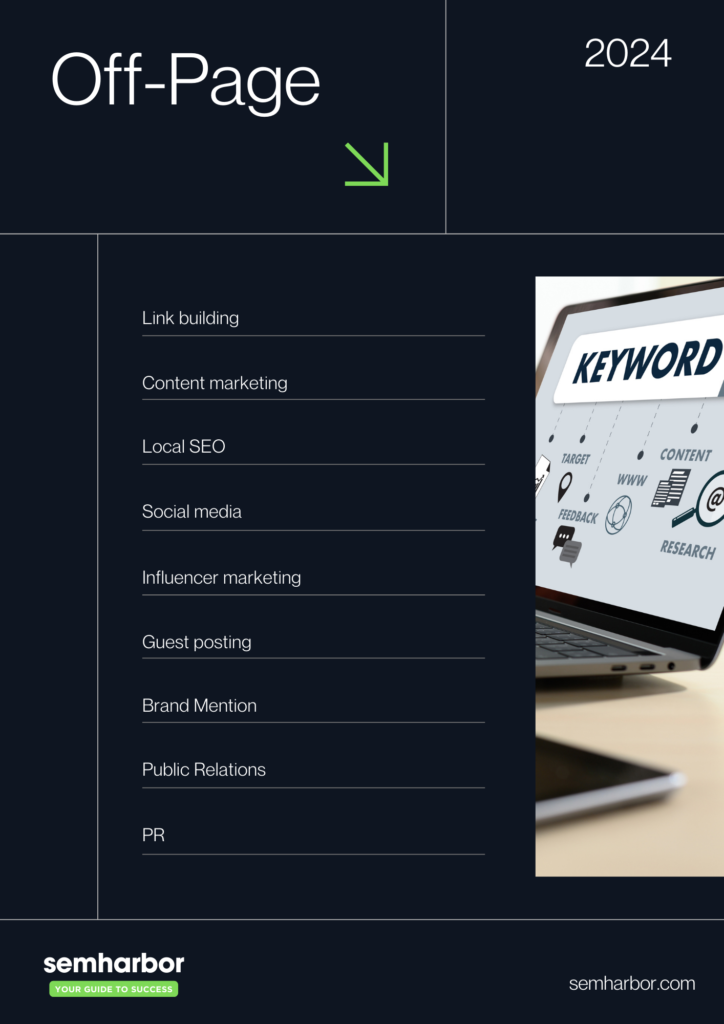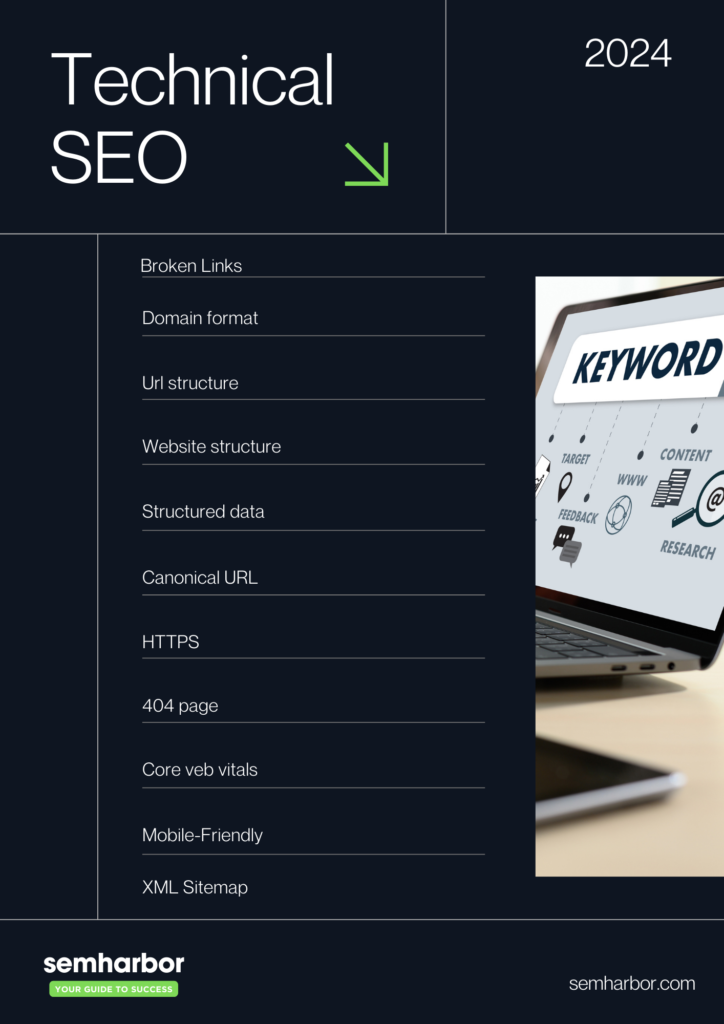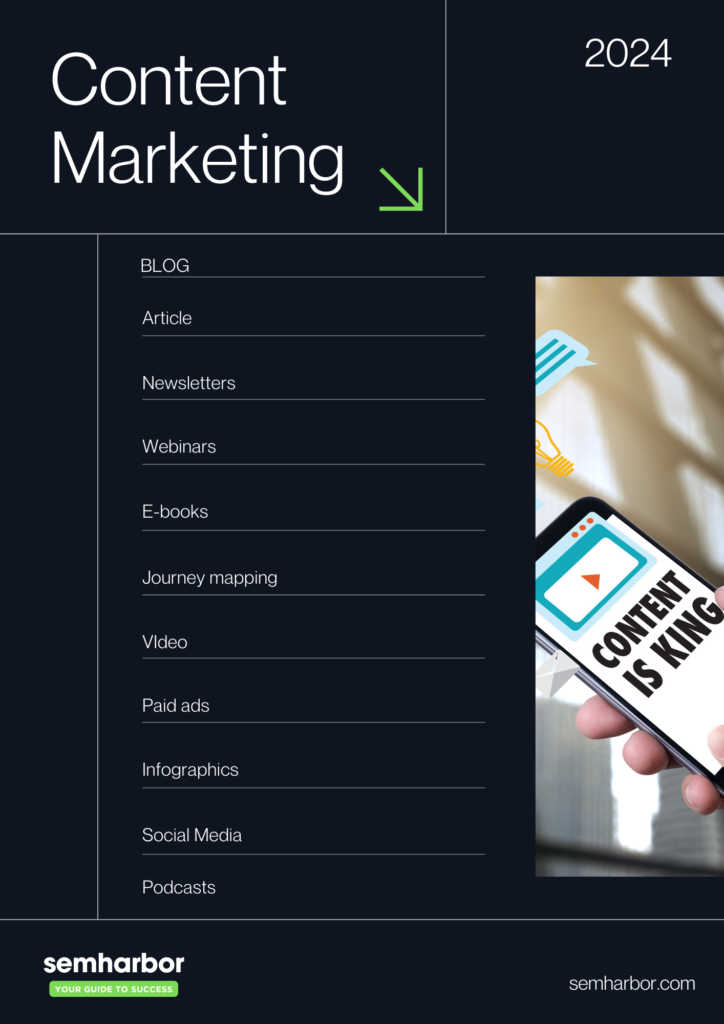Fake 5 star reviews severely undermine consumer trust, damage your brand’s reputation, and can lead to legal ramifications. They provide an inaccurate portrayal of your products or services, misleading potential customers and directly hurting your bottom line.
In this article, we’ll explore the detrimental effects of fake 5 star reviews and why maintaining authenticity and transparency should be a top priority for any business seeking long-term success
Undermining Consumer Trust
- Consumers rely heavily on online reviews to make informed purchasing decisions, and fake 5 star reviews shatter that trust.
- When customers discover that the glowing reviews they base their choices on are fabricated, they feel betrayed and misled.
- This breach of trust can lead to a significant loss of customer loyalty and a reluctance to engage with your brand in the future.
- Rebuilding consumer trust after such deception can be an uphill battle, requiring substantial time and effort.
Distorting Market Perception
- Fake 5 star reviews create an artificial and unrealistic portrayal of your products or services, distorting market perception.
- They paint an inaccurate picture, leading potential customers to have inflated expectations that cannot be met.
- When reality fails to align with the falsely created hype, customers experience disappointment and dissatisfaction.
- This disconnect can lead to negative word-of-mouth, further exacerbating the damage to your brand’s reputation.
Unfair Competitive Advantage
- Businesses that engage in the practice of generating fake 5 star reviews gain an unfair competitive advantage over their honest counterparts.
- They may attract more customers through deception, potentially diverting business away from companies with genuine positive reviews.
- This unethical behavior disrupts the level playing field and undermines the principles of fair competition.
- In the long run, such practices can erode consumer confidence in the entire industry or market segment.
Legal Ramifications and Penalties
- Many countries and jurisdictions have strict laws and regulations in place to combat deceptive marketing practices, including fake online reviews.
- Businesses found guilty of generating or incentivizing fake reviews can face severe legal consequences, such as hefty fines, litigation, and even potential criminal charges.
- The financial and reputational damage resulting from such legal battles can be devastating, potentially crippling a business’s operations.
- Maintaining transparency and adhering to ethical review practices is crucial to avoid these legal pitfalls.
Damaging Brand Reputation and Credibility
- When the truth about fake 5 star reviews comes to light, it can irreparably damage your brand’s reputation and credibility.
- Customers who feel deceived may take their grievances to social media, amplifying the negative publicity and tarnishing your brand image.
- Recovering from such a significant blow to your reputation can be an uphill battle, requiring considerable time, effort, and resources.
- In severe cases, the damage to your brand’s credibility may be impossible, leading to a loss of market share and long-term sustainability.
Do companies pay for fake 5 star reviews?
The Temptation of Inflated Ratings
- Companies may be tempted to pay for fake positive reviews to boost their online reputation and attract more customers.
- In highly competitive markets, even a slight edge in ratings can significantly impact a business’s visibility and perceived credibility.
- Some businesses may resort to fake reviews as a shortcut to gain an unfair advantage over their competitors, especially for new or struggling companies trying to establish themselves.
Organized Review Farms and Freelance Gigs
- There exists a thriving underground industry dedicated to generating fake reviews for a fee.
- Organized “review farms” employ teams of individuals tasked with creating and posting fake positive reviews on behalf of paying clients.
- Freelance gig platforms also offer services for purchasing fake reviews, making it easily accessible for businesses willing to engage in such practices.
The Risks and Consequences
- Paying for fake reviews is not only unethical but also illegal in many jurisdictions, as it constitutes deceptive marketing practices.
- If caught, businesses can face severe penalties from Google, including account suspensions, removal from search results, and potential legal action.
- The reputational damage resulting from being exposed for using fake reviews can be devastating, leading to a loss of consumer trust and long-term brand harm.
Google’s Detection Efforts
- Google employs advanced algorithms and machine learning models to detect patterns and anomalies indicative of fake reviews.
- Factors such as language analysis, reviewer behavior, metadata examination, and user feedback are used to identify coordinated efforts or unnatural activity.
- Google collaborates with businesses and authorities to investigate and take appropriate action against those engaged in generating or incentivizing fake reviews.
Maintaining Authenticity and Trust
- Authentic reviews are invaluable for both consumers and businesses, fostering trust and transparency in the online marketplace.
- Companies should prioritize delivering exceptional products and services, encouraging genuine customer feedback, and addressing concerns promptly.
- By embracing transparency and actively soliciting honest reviews, businesses can build a loyal customer base and a positive online reputation organically.
Legal and Ethical Considerations
- Many countries and jurisdictions have strict laws and regulations in place to combat deceptive marketing practices, including the use of fake online reviews.
- Businesses found guilty of generating or incentivizing fake reviews can face severe legal consequences, such as hefty fines, litigation, and even potential criminal charges.
- Maintaining ethical business practices and adhering to consumer protection laws are crucial for long-term success and avoiding legal pitfalls.
How Fake 5 Star Reviews Hurt SEO
Fake 5-star reviews deceive potential customers and can negatively impact your website's search engine rankings. They violate Google's guidelines, invite penalties, and undermine trust in your brand.
- Violation of Google’s Guidelines Google’s guidelines explicitly prohibits any attempt to manipulate rankings through deceptive means, including the use of fake reviews. If detected, Google can impose penalties on your website, leading to a substantial drop in rankings and organic traffic.
- Risk of Manual Penalties Google employs advanced algorithms and human reviewers to identify and penalize websites engaged in fraudulent practices like fake reviews. These manual penalties can be severe, potentially removing your website from search results altogether.
- Undermined Trust and Brand Reputation Fake reviews not only deceive potential customers but also erode trust in your brand once discovered. Customers value authenticity and transparency, and such deceptive practices can irreparably damage your reputation, leading to a loss of credibility and customer loyalty.
- Negative User Experience When customers discover that the glowing reviews they relied upon are fake, it creates a negative user experience. Disappointed customers are unlikely to return or recommend your business, further diminishing your online presence and reputation.
- Algorithmic Devaluation Search engines like Google are constantly refining their algorithms to detect and devalue websites engaging in review manipulation. As these algorithms improve, the impact of fake reviews on your rankings will diminish, rendering your efforts futile.
Building a positive online reputation through authenticity and transparency is the key to long-term success and improved search engine rankings.
How does Google recognize fake reviews?
Google employs advanced algorithms and machine learning models to detect patterns and anomalies that are indicative of fake reviews. This includes analyzing language patterns, reviewer behavior, and review metadata to identify coordinated efforts or unnatural activity.
Language Analysis and Machine Learning
- Google employs advanced natural language processing (NLP) algorithms and machine learning models to analyze the language patterns and semantic characteristics of reviews.
- These models are trained on vast datasets of genuine reviews, allowing them to detect anomalies, inconsistencies, and unnatural language patterns that may indicate fake or generated content.
- Factors such as word choice, sentence structure, and contextual coherence are evaluated to identify reviews that deviate significantly from typical human writing patterns.
- Additionally, Google’s models can detect similarities and duplications across reviews, which may signal coordinated efforts or review farms.
Reviewer Behavior Analysis
- Google closely monitors reviewer behavior and activity patterns to identify potential red flags.
- Suspicious patterns, such as a sudden influx of reviews from new or previously inactive accounts, can raise concerns about the authenticity of the reviews.
- Google also examines the geographic distribution of reviewers, looking for clusters or patterns that may indicate coordinated campaigns or review manipulation efforts.
- Reviewer histories and engagement levels are analyzed to detect anomalies, such as users leaving excessive numbers of reviews within a short period or exhibiting unusual reviewing patterns.
Review Metadata Examination
- Google’s algorithms scrutinize the metadata associated with reviews, including timestamps, IP addresses, and device information.
- Identical or similar metadata across multiple reviews can indicate coordinated efforts or the use of tools or services designed to generate fake reviews.
- Google also cross-references reviews metadata with other data sources, such as location services and browser fingerprints, to verify the authenticity of the reviewer’s identity and location.
- Anomalies or discrepancies in metadata can raise red flags and trigger further investigation or action.
User Feedback and Reporting
- Google relies on user feedback and reports as an additional source of information for identifying fake reviews.
- Users can flag suspicious or potentially fake reviews, which are then evaluated and investigated by Google’s teams.
- User reports, combined with Google’s detection algorithms, provide a comprehensive approach to identifying and addressing fake review issues.
Collaboration with Businesses and Authorities
- Google collaborates closely with businesses and authorities to combat fake review practices.
- Businesses can report suspicious review activity or coordinated campaigns targeting their listings, enabling Google to investigate and take appropriate action.
- Google also works with law enforcement agencies and regulatory bodies to address fraudulent review practices that may violate consumer protection laws or industry regulations.
Continuous Improvement and Adaptation
- Recognizing that the tactics employed by those engaging in fake review practices are constantly evolving, Google continuously refines and updates its detection methods.
- Machine learning models are retrained on new data to improve their accuracy and capability to identify emerging patterns and techniques.
- Google’s teams of researchers and engineers continuously explore and implement new strategies to stay ahead of the evolving landscape of fake review generation and manipulation.
Related: Why customer education is important in 2024 and in the future?
Ultimately, the most sustainable approach is to prioritize authenticity, deliver exceptional products and services, and actively encourage genuine customer feedback. By fostering an environment of transparency and trust, businesses can build a loyal customer base and a positive online reputation that stands the test of time.






